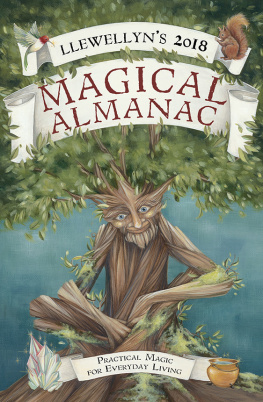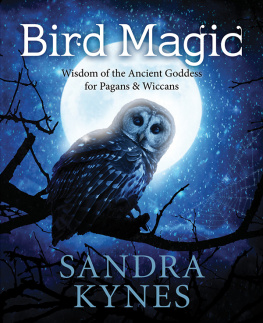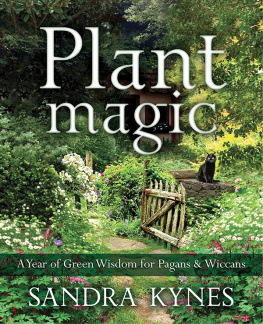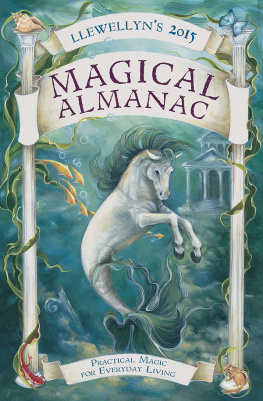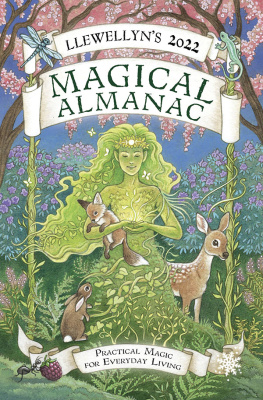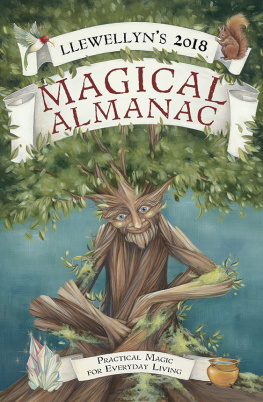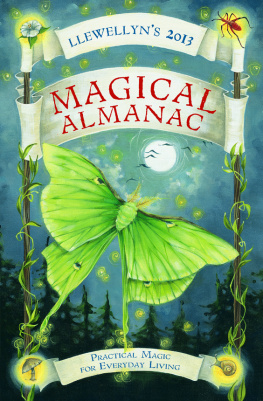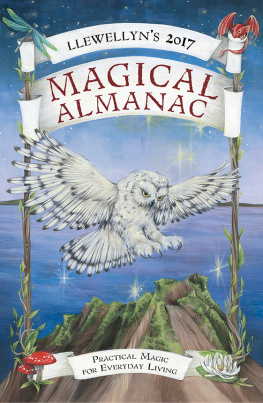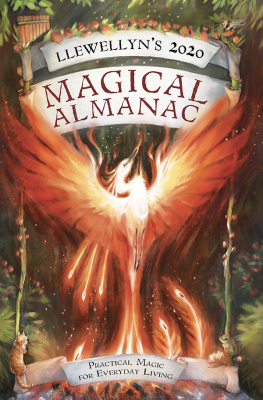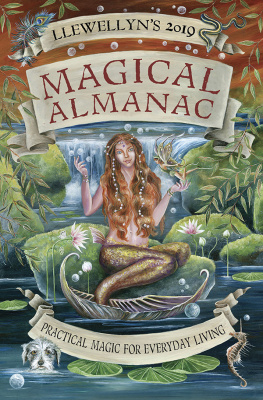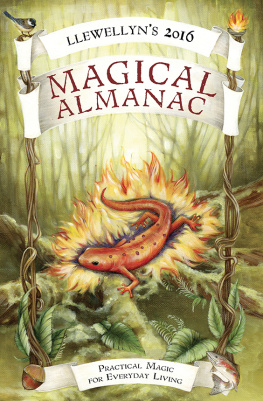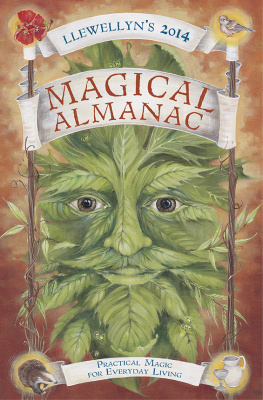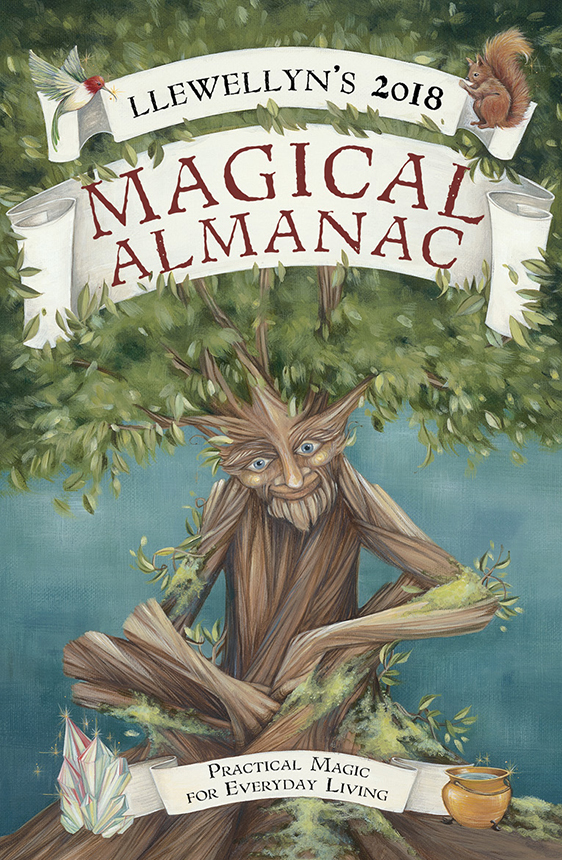

Featuring
Barbara Ardinger, Elizabeth Barrette, Mireille Blacke, Blake Octavian Blair, Deborah Blake, Deborah Castellano, Dallas Jennifer Cobb, Monica Crosson, Raven Digitalis, Ellen Dugan, Michael Furie, Ember Grant, Justine Holubets, James Kambos, Sandra Kynes, Tiffany Lazic, Najah Lightfoot, Lupa, Jason Mankey, Melanie Marquis, Estha K. V. McNevin, Susan Pesznecker, Stacy M. Porter, Suzanne Ress, Rev. J. Variable X/0, Charlynn Walls, Tess Whitehurst, Charlie Rainbow Wolf, and Natalie Zaman
Copyright Information
Llewellyns 2018 Magical Almanac 2017 by Llewellyn Publications.
All rights reserved. No part of this book may be used or reproduced in any matter whatsoever, including Internet usage, without written permission from Llewellyn Publications, except in the form of brief quotations embodied in critical articles and reviews.
As the purchaser of this e-book, you are granted the non-exclusive, non-transferable right to access and read the text of this e-book on screen. The text may not be otherwise reproduced, transmitted, downloaded, or recorded on any other storage device in any form or by any means.
Any unauthorized usage of the text without express written permission of the publisher is a violation of the authors copyright and is illegal and punishable by law.
First e-book edition 2017
E-book ISBN: 9780738753140
Editor/Designer: Lauryn Heineman
Cover Illustration: Tammy Shane
Calendar Pages Design: Michael Fallon
Calendar Pages Illustrations: Fiona King
Interior Illustrations: Elisabeth Alba:
Clip Art Illustrations: Dover Publications
Special thanks to Amber Wolfe for the use of daily color and incense correspondences. For more detailed information, please see Personal Alchemy by Amber Wolfe.
Llewellyn Publications is an imprint of Llewellyn Worldwide Ltd.
Llewellyn Publications does not participate in, endorse, or have any authority or responsibility concerning private business arrangements between our authors and the public.
Any Internet references contained in this work are current at publication time, but the publisher cannot guarantee that a specific reference will continue or be maintained. Please refer to the publishers website for links to current author websites.
Llewellyn Publications
Llewellyn Worldwide Ltd.
2143 Wooddale Drive
Woodbury, MN 55125
www.llewellyn.com
Manufactured in the United States of America
Table of Contents
by Sandra Kynes
by Monica Crosson
by Ember Grant
by Mireille Blacke
by Najah Lightfoot
by Michael Furie
by Melanie Marquis
by Lupa
by James Kambos
by Charlie Rainbow Wolf
by Elizabeth Barrette
by Rev. J. Variable X/0
by Tiffany Lazic
by Deborah Blake
by Blake Octavian Blair
Date, Day, Festivals and Holidays, Moon Sign,
Lunar Phase, Color and Incense of the Day
2018 Sabbats and Full Moons
by Suzanne Ress
by Charlynn Walls
by Natalie Zaman
by Raven Digitalis
by Susan Pesznecker
by Estha K. V. McNevin
by Jason Mankey
by Tess Whitehurst
A Tale of a Modern
Magical Wedding by Ellen Dugan
by Dallas Jennifer Cobb
by Justine Holubets
by Stacy M. Porter
by Barbara Ardinger
by Deborah Castellano
Earth Magic
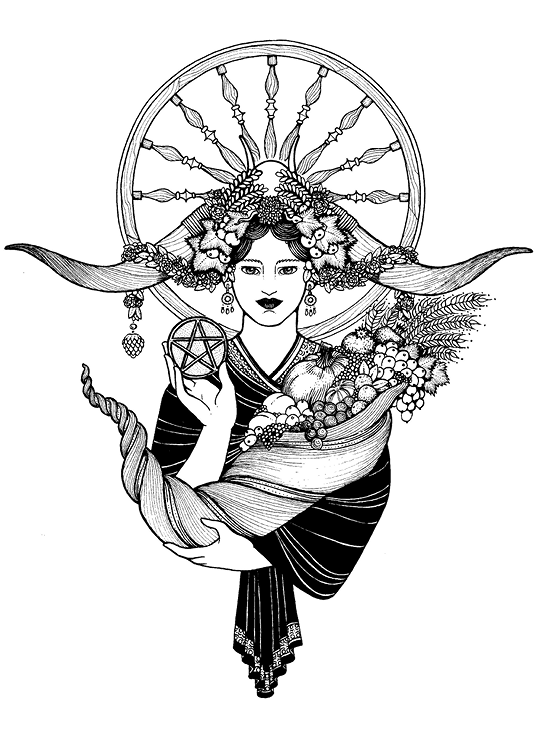
The Magic of Mundane
Garden Creatures
by Sandra Kynes
Y es, this is about bugs. Unlike the animal world, where we find many creatures to which we can relate, the insect world can seem rather alien. However, throughout human history insects have been considered important enough to appear in mythology, folklore, and sacred writings. While some insects are admired for their ingenuity and beauty, others represent desirable qualities.
So why should Pagans and Wiccans care about insects other than to acknowledge that they have a place in the natural world? To paraphrase the wizard Gandalf: the smallest of things can hold a great deal of power. But dont worry; you dont need to handle them in order to use them for magic or ritual. Symbolism, energy, intention, and visualization provide the means to call on the power and influence of insects. For example, you can place a picture or figurine of an insect on your altar to draw in its energy for ritual. In fact, insects can even represent the elements: a butterfly for air, a dragonfly for water, a cricket for earth, and a lightning bug for fire.
Write a spell on a picture of an insect, and then visualize its energy boosting your willpower. Wear jewelry shaped like one to call on its particular qualities for divination sessions, astral travel, or other practices. Go outside and watch themobservation is a good way to tune in to their energy.
Garden Insects
For simplicity, I am using the term insect even though some of the creatures mentioned here are classified differently. Now, lets take a stroll through the garden and history to explore the power and meaning of these creatures. Of course, we will also discover how they can be our magical allies.
The Butterfly
Well start with the enchanting butterfly, which has been one of the greatest symbols of transformation throughout the world. If you associate it with glitter and unicorns, think again because this delicate creature is no lightweight. Associated with the Great Goddess, it symbolized her power of regeneration. Since then it was used in many cultures to represent spirit, the souls of the dead, and more specifically, ancestors.
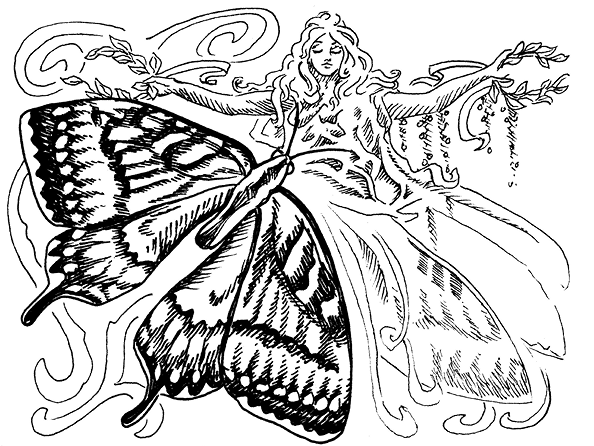
In Eastern Europe there was a popular belief that a butterfly was the embodiment of a witch. In fact, the Slovenian word v a means both witch and butterfly. In Russian, the word baba , which was derived from bb o hka, butterfly, refers to a female ancestor. Elsewhere in Europe during the Middle Ages, witches and fairies were believed to disguise themselves as butterflies to steal milk and butter, which may be the basis of their common name.
For Pagans and Wiccans, the butterfly can be an aid for love spells and dream work. It also helps in working with the fairy realm and contacting spirits. As a symbol of change, the butterfly provides support for renewal. It shows us how to foster confidence for finding opportunities and personal freedom. With its help, we can bring fidelity and happiness to relationships. Also, wear a piece of butterfly jewelry as a reminder of its association with witches. If one alights on you, whisper a wish to it before it flies away.
The Bee
The bee, more specifically the honeybee, is another garden visitor that has had great significance and a long relationship with humans. In Neolithic times, the Great Goddess was occasionally depicted as a combination of woman and bee. The bees ability to produce honey echoed her power and role as provider and nurturer.
Honey was the universal sweetener in the ancient world and a preservative. In fact, in Egypt it was used in the embalming process, which may have symbolically added sweetness to the afterlife. A highly valued commodity, honey was used as an offering to deities. Across many cultures, the bee symbolizes abundance, community, and fertility.
Next page
